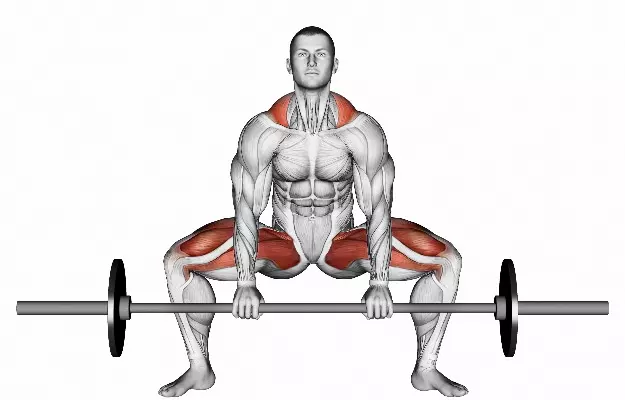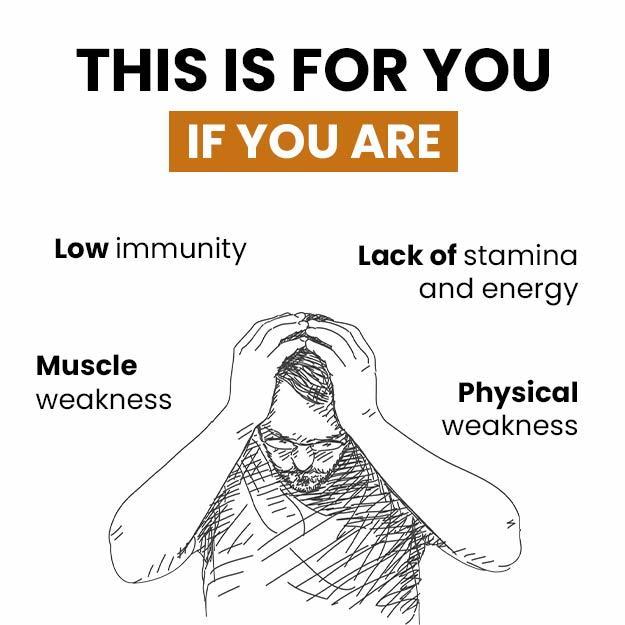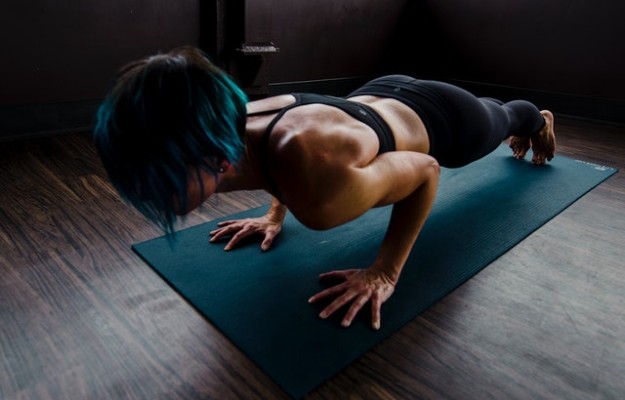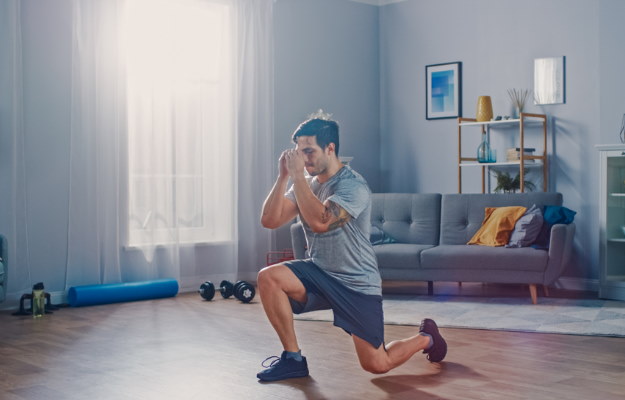Gym-goers, fitness enthusiasts or anyone remotely interested in sculpting their bodies on their way to becoming fitter and healthier crave stronger looking legs. Of the reasons why lower body workouts are dreaded by many, they not only take longer to develop, but because of the soreness it leaves you with the next day.
Hours of training go into to building strength in the legs. Deadlifts, squats, walking lunges and hamstring curls all are amazing exercises to strengthen the legs. Another variation of the deadlift, however, manages to combine the effects of the original movement as well as the squats that works wonders during a leg workout.
The sumo deadlift borrows its name from sumo wrestlers, and is a compound exercise which targets the lower back, hamstrings, glutes as well as the shoulder traps. This powerlifting exercise strengthens your thigh muscles. Although quite similar to the conventional deadlift, sumo deadlifts are considered to be a more reliable and safer version.
The standard deadlift can cause muscle strain on the back which can result in various spinal injuries. The wider stance employed in the sumo deadlift, however, allows a safer movement and doesn’t affect the spine. Athletes or enthusiasts with problems like a slipped or herniated disc usually opt for this variation.
The sumo deadlift is a core-crunching exercise, using up a lot of power and energy to lift a bar full of weights. It quite literally helps build half of our body's muscles by strengthening the core muscles. But the extreme physicality involved in the execution of this exercise, in correct form, requires a lot of focus, as well as the help of professional trainers looking over you.
- Benefits of the sumo deadlift
- How to perform sumo deadlift correctly
- Tips to do the sumo deadlift correctly
- Alternate exercises
- Takeaways of sumo deadlift
Benefits of the sumo deadlift
The sumo deadlift affects our body in the same way a standard deadlift does. The movement engages the core muscles and strengthens the legs, while minimising the chances of injuries. But the benefits don’t just end there:
Less dangerous: Having a wider gap between the feet makes it safer by putting less tension on the back. This also improves posture and improves lifting performance.
Overall strength: Compound lifts like the sumo deadlift affect multiple muscle groups, including the shoulders, back and legs.
Weight loss: To lose weight we need to burn more carbohydrates and fat. Lifting weights causes the body to consume more energy as well as a higher rate of metabolism.
Lifestyle benefits: Back strengthening exercises are functional in nature, allowing you to perform daily tasks more efficiently around the house or at work.
Increased testosterone levels: Lower body workouts increase the testosterone levels in our body, also improving sexual drive.
How to perform sumo deadlift correctly
The sumo deadlift is an advanced exercise to build strength, but it can be tough to perform for beginners. It's important to perform the exercise under the watchful eyes of a trainer or a spotter while lifting heavy weights in the gym. But remember to always warm-up with low-intensity workouts like cycling, a treadmill run or cross trainer.
Muscles worked
- Primary muscles: Hamstring, glutes and quadriceps.
- Secondary muscles: Arms, lower back and shoulder traps.
Experience level
-
High (professionals)
Equipment required
- A 6 feet long barbell rod
- Weighted plates (according to strength)
Sets & reps
3 sets of 10-15 reps each
How to do it
- Stand straight with a gap of at least three feet between your feet.
- Bend the knees, push your hips out and grip the bar with your hands inside your thighs, about a foot's width in between the hands.
- Dig your heels into the ground and lift the weight while keeping the back straight and looking straight ahead.
- Stand upright and hold the movement at the top, while driving the hips in towards the bar.
- Keeping your spine straight, lower the weight slowly to return to the resting position. This is one rep.
Tips to do the sumo deadlift correctly
Ignoring the precautions while performing an intense workout can increase the risk of injuries. Before performing an exercise like the sumo deadlift, understand the posture and the correct form. People make a lot of mistakes while performing a heavyweight exercise to pick up the weight, which often causes injuries. Following are some tips one should follow to perform this exercise:
- To understand the movement, begin performing the exercise without any weight or even a barbell in your hands.
- Seek the help of an experienced person or a gym trainer.
- Quite often, it is the negative movement, that is while bringing down the weights, which causes injuries. It is advisable to be cautious while putting the weight down. Practice the negative movements separately.
- For better results, have an even gap between your feet.
- Keep your back straight: people lift their torso upward which results in spinal injuries due to unnecessary tension. People also tend to arch their backs inwards, which also puts added pressure on the back. Engage your core muscles and fill your stomach with air; this can help you keep the back straight.
Alternate exercises
Deadlifting movements are of several types and variations, allowing you to focus on different muscle groups with different movements, adding variety to your workouts. Here are a few of them:
- Standard deadlift
- Single leg deadlift
- Kettlebell sumo deadlift
- Barbell hip thrust
- Hamstring curl
- Trap bar deadlift
Takeaways of sumo deadlift
The sumo deadlift is an excellent exercise to build overall lower body strength. Those with a short time in their schedule can opt for compound exercises like the sumo deadlifts to work multiple muscles of the body at a time, and use up more energy in doing so. But remember to always warm-up, condition yourself and focus on form rather than the amount of weights you want to lift.
References
- Escamilla RF. el at An electromyographic analysis of sumo and conventional style deadlifts. Med Sci Sports Exerc. 2002 Apr;34(4):682-8.
- Schellenberg F. et al Towards evidence based strength training: a comparison of muscle forces during deadlifts, goodmornings and split squats. BMC Sports Sci Med Rehabil. 2017 Jul; 9:13. PMID: 28725437.
- Cholewa, Jason M. et al. Anthropometrical Determinants of Deadlift Variant Performance. J Sports Sci Med. 2019 Sep; 18(3): 448–453. PMID: 31427866.
- el Vecchio, L. et al. The health and performance benefits of the squat, deadlift, and bench press. MOJ Yoga & Physical Therapy. 2018 Apr; 3(2):40-47.
- McGuigan M. and Wilson B. Biomechanical Analysis of the Deadlift. Journal of Strength and Conditioning Research. 1996 Nov; 10(4): 250-255.





















